Invisible Giants — inside the Van Sweringen brothers empire
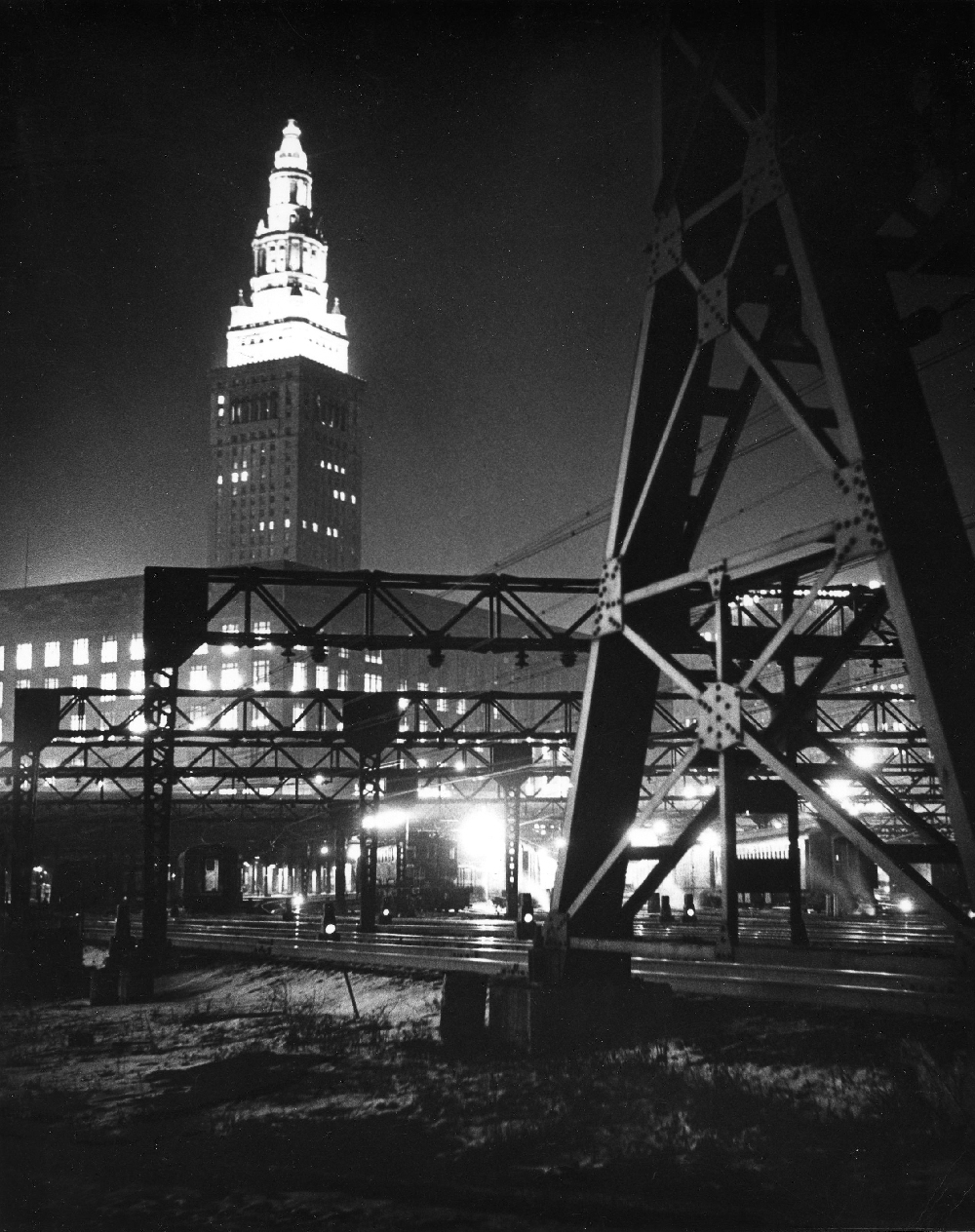
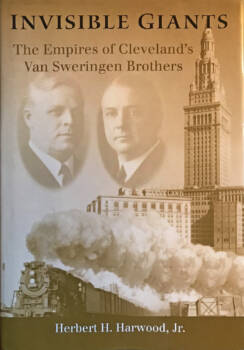
Railroading is a multi-faceted industry. Depending on your interest or the discussion at hand, the relationship between different facets will be emphasized. For this discussion, let’s simplify railroading into two dimensions. There is the steel wheel meeting the rail — what can be viewed trackside. The other facet, generally unseen trackside, is a railroad’s business side — the goings-on of the corporate office.
While trackside is the sexy part of railroading — the part we like to watch — what happens in the corporate offices directly impacts what trains we see and completes a railroad’s story. Admittedly, some do like to follow railroading’s business side.
Railroads like the Chesapeake & Ohio, Eire, Nickel Plate, and Pere Marquette are recognizable organizations. For enthusiasts of each a discussion regarding locomotives, passenger trains, or noted locations would be casual commentary. Conversing about the business side of these roads may be more difficult. Most will recognize that the driving force behind these four was the Van Sweringen brothers of Cleveland. Going beyond that, well, the conversation may get murky.
Thus an apt title for Herbert H. Harwood Jr.’s 2003 book on the Van Sweringen’s: Invisible Giants. One cannot look today at Cleveland’s skyline without seeing the brother’s work, but few could identify the individuals behind the creation of a vast and intricate business empire. Nor once inside the Van Sweringen world, would few believe the intellectual power paired with an almost reclusive lifestyle that produced landmarks still in existence today.
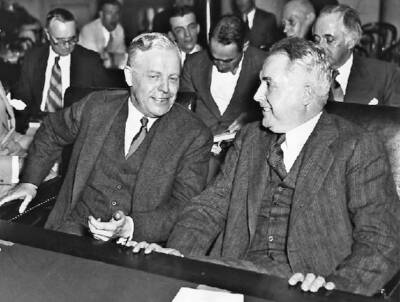
Oris Paxton Van Sweringen, born April 24, 1879, was the older brother by two years. Mantis James Van Sweringen joined the world on July 8, 1881. O.P. and M.J., as they were addressed, formed an organizational and intellectual labyrinth coupled with perpetual bachelorhood and a lifestyle that avoided the public eye at all costs. O.P. was the visionary, the planner, and projected his intellect steps ahead of others as he laid out business projects. M.J. formed the other half of the duo, addressing details, keeping projects in motion, and ensuring the brothers’ web of corporations ran as planned.
On the surface, the Vans began with real estate development. One of their first successful ventures — although the total vision was not realized in their lifetimes — was the Cleveland suburb of Shaker Heights, Ohio. Farm land was transformed into an upscale residential community complete with its own high-speed (for the early 1900s) interurban system leading to downtown Cleveland. The Vans had plans for downtown as well in the form of a multi-building complex that included a multi-modal transportation center, shopping, hotels, medical facilities, banks, and office space. This complex was anchored by the 52-story office building, housing the Van’s corporate headquarters, which still dominates the Cleveland skyline.
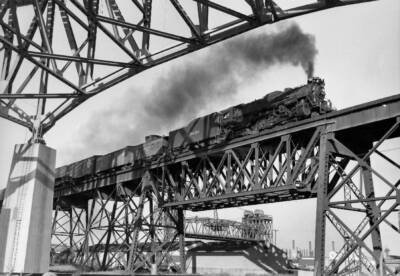
Combining these investments with railroad purchases — the Nickel Plate came first — the brothers wove a business web made up of hundreds of companies. Their planning, leveraging, and dealing created an interdependent business network that virtually none outside the Vans exceedingly tight inner circle would understand. Yet, O.P. and M.J. managed their creation into a fortune, taking from it only, what was for them, a simplistic, wealthy lifestyle.
Throughout Invisible Giants, Harwood relates the few known instances that provide glimpses into the brothers private lives and their passionate desire not to have a public life. On June 28, 1930, hundreds of invited guests from the railroad community and Cleveland’s civic elite gathered to celebrate the opening of the new Union Terminal, part of the Van’s downtown center. For the brothers this was a day in the making for decades. Yet, O.P. and M.J. were nowhere to be found among the guests. They remained ensconced in Roundwood Manor at Daisy Hill Farm, their home outside Cleveland, listening to the festivities via the radio.
One does not often think of a non-fiction book as a page-turner. Invisible Giants is a page-turner. Written in a manner that takes the reader inside the Van’s tangled business house, yet explains clearly what is happening, you will find yourself constantly wondering what O.P. and M.J. will concoct next, how they will avoid the public eye or extract themselves from the jam du jour. And you thought the business side of railroading couldn’t be fun. Spend some time with the Invisible Giants, they will change your mind.
Invisible Giants — The Empires of Cleveland’s Van Sweringen Brothers
Herbert H. Harwood Jr.
Indiana University Press, 2003
360 pages with biographical references and index
ISBN 978-0-253-34163-1






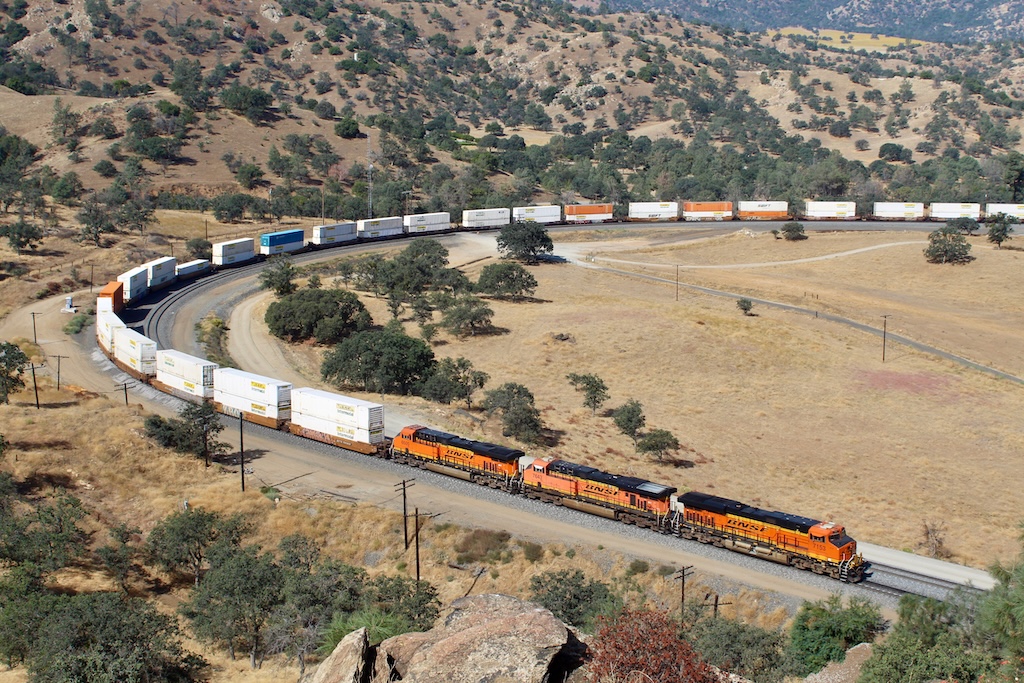

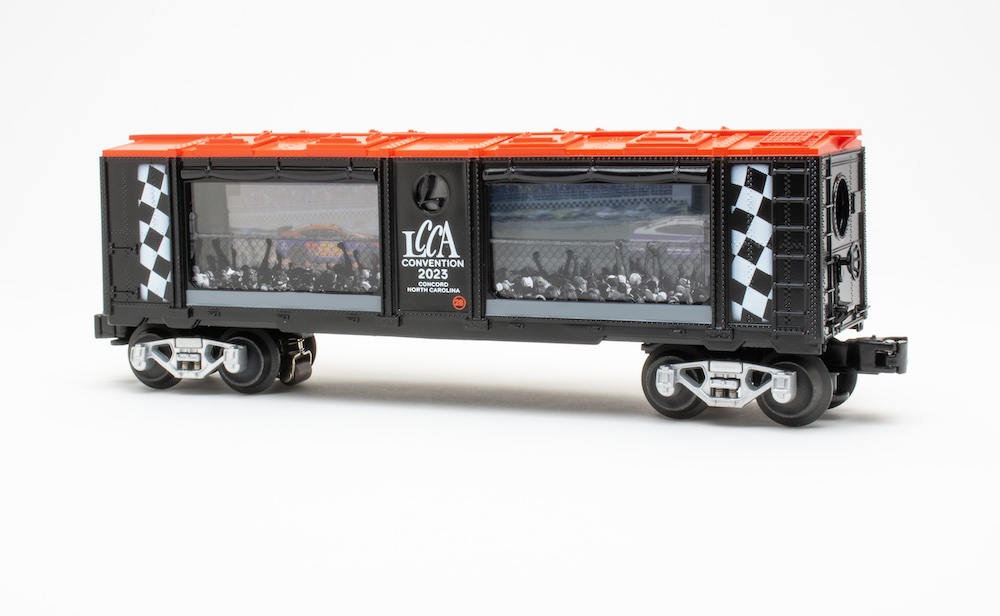
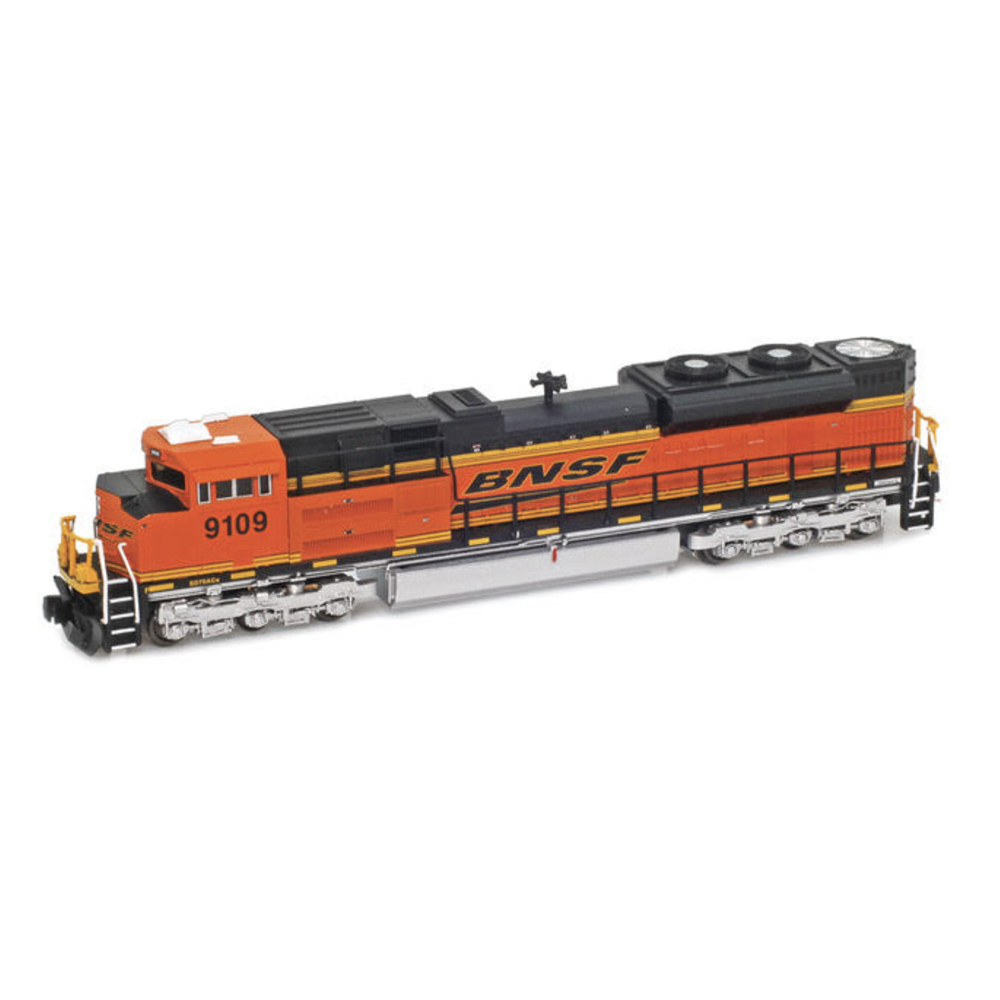


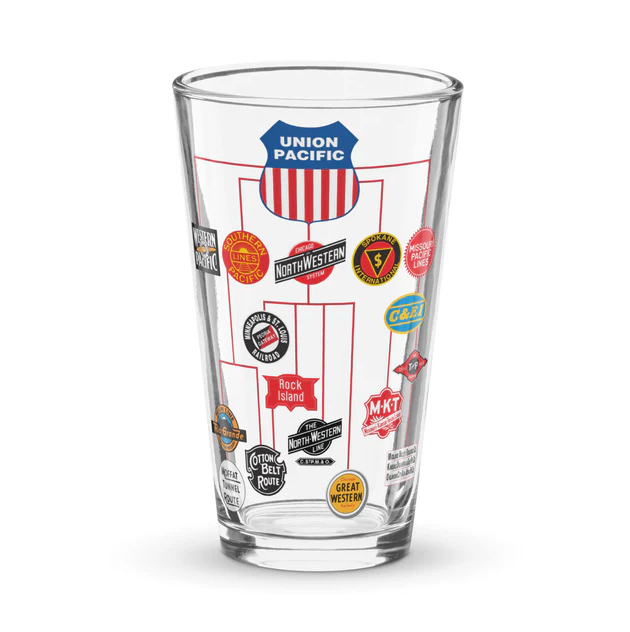
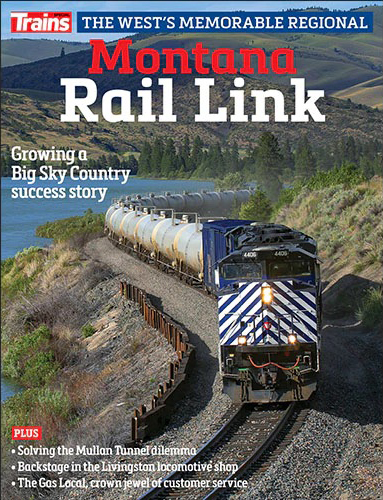
I found this to be an extremely interesting book about railroad finance in the 1920’s and 1930’s and two rather odd men who were deeply involved in it. It really also explains their importance to the City of Cleveland, near my western PA home town. One question I have is there any quick way to find out what has happened to the Van’s projects in Cleveland since the book was published back in 2003?
I read Herb Harwood’s book quite some time ago, when it first became available. I knew absolutely nothing about the Van Sweringen brothers, but this book definitely told the whole story about their empire’s rise and its eventual fall. When I first opened the book and found the wiring diagram as to how extensive the Vans’ railroad empire was, my jaw literally dropped! Get this book to learn about one of the most important railroad empires ever to counter that of the Gould’s!
I read this book and found it very interesting. A great explanation as to how all the Van Sweringen railroads became interwoven and why the connections fell apart. I highly recommend if you have any interest in the business side of railroads